LONDON — A new immersive experience for moviegoers is highlighting privacy concerns surrounding facial recognition technology that’s being deployed by governments and the private sector.
“RIOT” by British filmmaker Karen Palmer simulates a protest scenario, employing facial recognition technologies to determine how a user would react in a real-world situation.

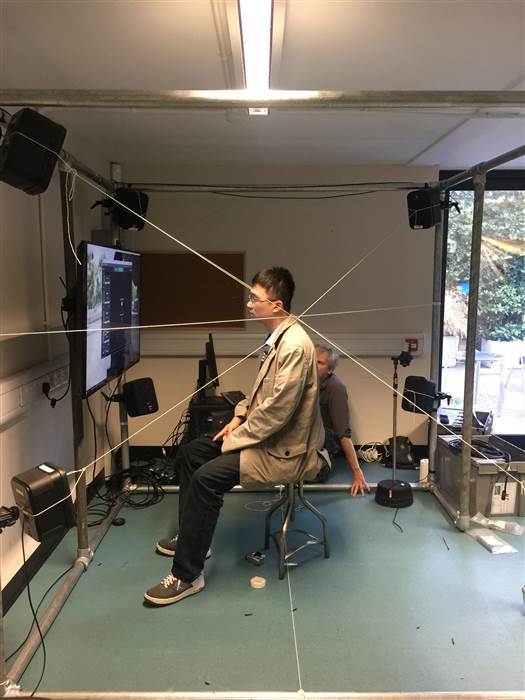
“If you’re walking down the street, you can look around and see if there’s a cop,” Palmer said. “But how can you fight facial detection from a device across the street? It’s so invisible. I’m using the same toolset to teach you how to empower and understand yourself better.”
In “RIOT,” an individual user stands in front of a screen to watch an around 10-minute film.
The piece follows characters who are in a riot-like scenario but it is not explained why. The main characters are black, the main riot officer is white.
The narrative of the film is controlled by a user’s emotions via a webcam on top of the screen — if you’re calm, it is likely that your “experience” will be longer and the characters will make it out safely. If you’re angry, it is likely that it will be shorter and that the characters may get arrested.
Facial detection technology is typically deployed for law enforcement purposes but has recently made its way into marketing, allowing companies to create bespoke advertising based on an individual’s habits.
It works by comparing your picture to a large dataset of images.
“What we’re really worried about facial recognition and identification is secret surveillance at a distance.”
In the case of U.S. policing, state driver’s licenses and passports are run through an algorithm to find a match, according to report released by Georgetown Law’s Center on Privacy and Technology last month.
“You certainly had no idea that when you were getting a driver’s license that they might be putting you in some perpetual line-up where your face was going to be run every time there was a law enforcement investigation,” said Chris Calabrese, vice president at the Center for Democracy & Technology, a non-profit organization based in Washington, D.C.
The Georgetown report states that 117 million Americans are included in the FBI’s shared database.
“What we’re really worried about facial recognition and identification is secret surveillance at a distance,” Calabrese said. “It means that I can identify you and know where you are going in public, I can record and keep that information and you don’t know it’s happening. I know where you are, I know whether you’ve just visited a protest rally, I can identify everybody at that protest rally and I can keep records of that. It has a chilling effect.”
According to the report, such technology was used to make arrests following protests in Baltimore last year triggered by the death of 25-year-old Freddie Gray.
Such incidents of social unrest inspired Palmer to make “RIOT.”
“I was provoked,” Palmer told NBC News. “I wanted to make an environment that would put someone in this experience and make it much more universal and human. People live in their own sense of perspective and it’s hard to penetrate that, so it had to be a natural experience with an invisible interface. That was done with 3D sound and facial recognition technology.”
Related: As Biometric Scanning Use Grows, So Does Security Risk
But unlike the technology currently used for security purposes, “RIOT” utilizes facial expression recognition, a system that can detect human emotions and that is presently available off the shelf.

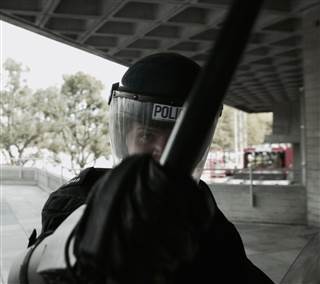
While sold commercially, highly accurate systems are expensive, propelling Palmer to work with Brunel University London in developing software specifically for her film.
“Computer vision can now recognize an object very clearly,” said Dr Hongying Meng, a professor in Brunel’s Department of Electronic and Computer Engineering who oversaw the “RIOT” project. “It can know that it’s a face. Then, there’s facial detection, knowing who it is. The next step is knowing what the feeling is, that’s facial expression.”
Software for “RIOT” is programmed to search for three emotions — anger, fear and calm — based on approximately 1,000 images recorded from 20 different people. Facial expression is captured at various points throughout the film, reacting accordingly depending on the user’s emotion. If an individual remains calm, for instance, the riot scenario ends without hostility.
There is no U.S. federal law at the moment that directly protects the privacy of American citizens from the potential surveillance using facial recognition technology. Illinois and Texas, however, have passed legislation that requires an individual to give consent for their biometrics to be used, protecting its application in a system that it was not originally intended for.
Still in a prototype stage, “RIOT” is traveling the festival circuit. It premiered at the Festival of the Mind in the English city of Sheffield earlier this year and recently featured New York’s Future of Storytelling festival. Reactions from participants have been varied.
“I…
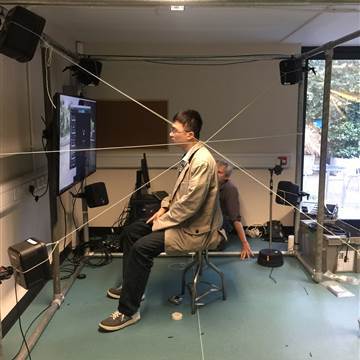
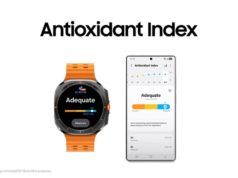

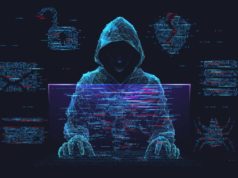

![[Video] Samsung Outlines AI Vision at The First Look 2026](https://loginby.com/itnews/wp-content/uploads/2026/01/Video-Samsung-Outlines-AI-Vision-at-The-First-Look-2026-100x75.jpg)

